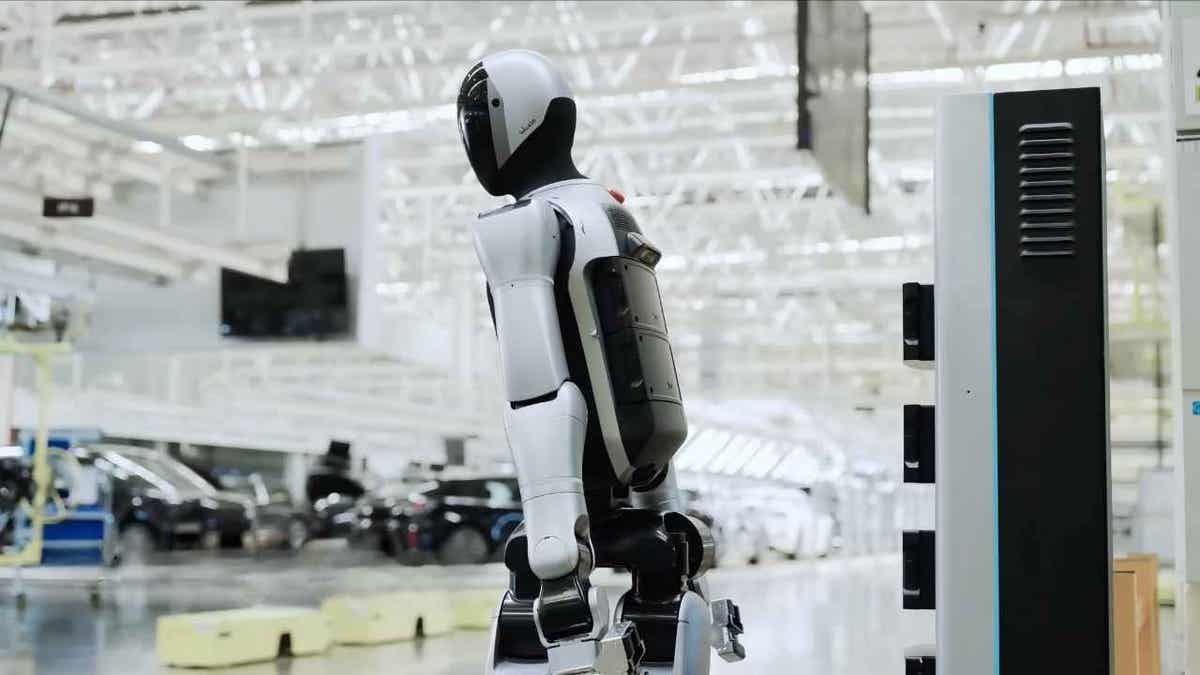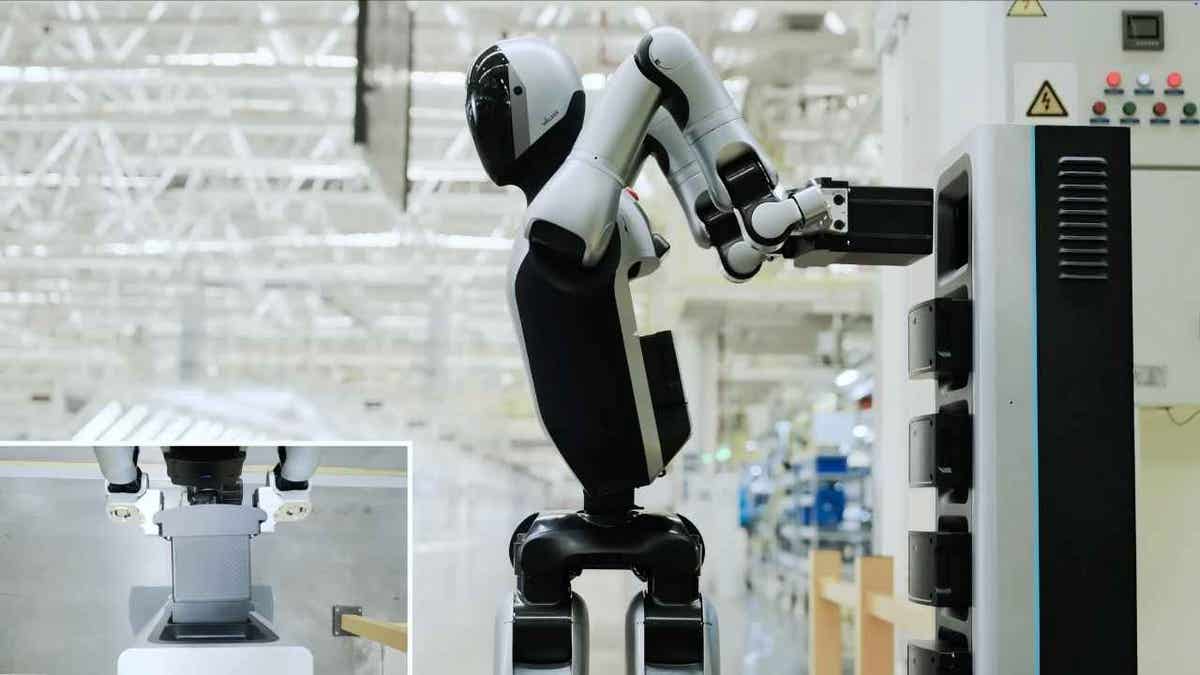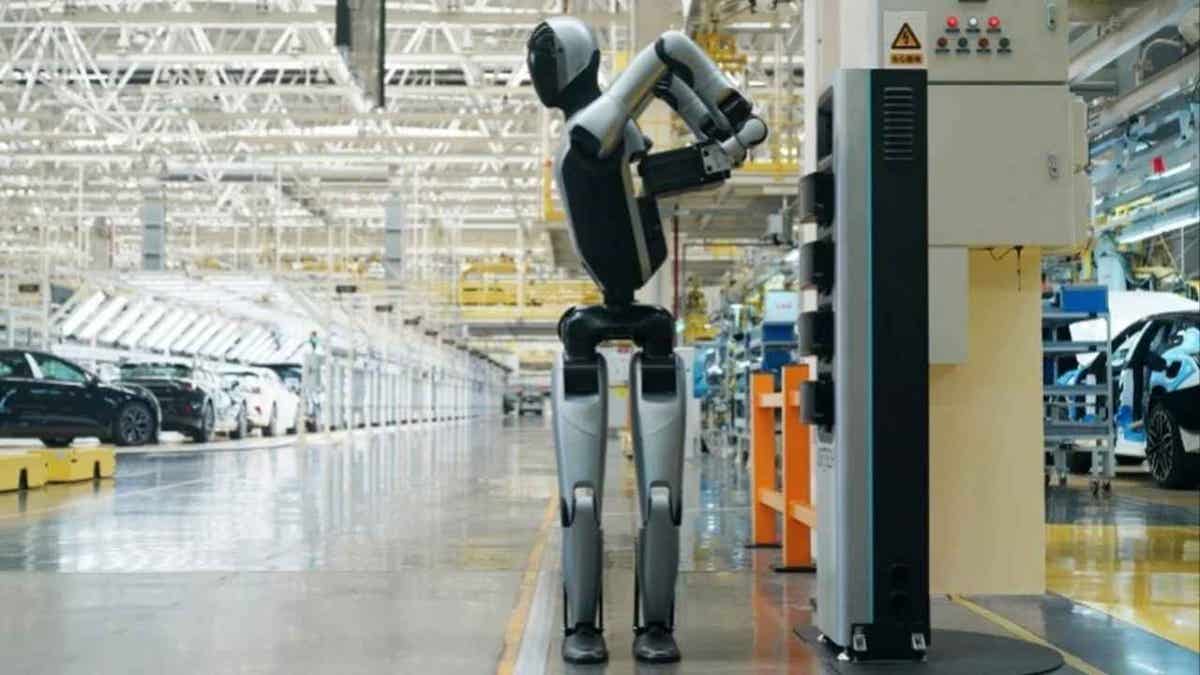Robots used to need our help to keep going. They had to be plugged in or manually recharged.
Now, UBTech is changing that.
The company’s new humanoid, the Walker S2, has a feature that could reshape the future of factory work. It can swap out its own battery, requiring no human intervention. That means it can keep going, almost nonstop, 24/7.
Sign up for my FREE CyberGuy Report
Get my best tech tips, urgent security alerts and exclusive deals delivered straight to your inbox. Plus, you’ll get instant access to my Ultimate Scam Survival Guide — free when you join my CYBERGUY.COM/NEWSLETTER
HUMANOID ROBOT PERFORMS MEDICAL PROCEDURES VIA REMOTE CONTROL

The Walker S2 humanoid robot switches out its own battery (UBTech)
How the Walker S2 robot swaps its own battery
Instead of shutting down to recharge, the Walker S2 walks to a nearby swap station. When one battery starts to run low, the robot turns its torso, uses built-in tools on its arms and removes the drained battery. It then picks up a fresh one, plugs it in and gets back to work immediately. The entire process takes about three minutes. This system is similar to battery-swapping tech used in electric vehicles. But this time, it’s for humanoid robots.
WHAT IS ARTIFICIAL INTELLIGENCE (AI)?
What the Walker S2 robot can do
The Walker S2 is the size of a small adult. It’s 5 feet, 3 inches tall and weighs 95 pounds. It has two 48-volt lithium batteries. When one runs out, it switches to the other. Each battery lasts approximately two hours while walking or four hours when the robot is standing still. Swap stations also monitor battery health. If a battery starts to degrade, a technician can replace it.

The Walker S2 humanoid robot switches out its own battery (UBTech)
The Walker S2 robot is designed for factory floors
UBTech claims the Walker S2 is designed for real-world use. It has been tested in car factories operated by BYD, Nio and Zeekr. These robots are not just for show. They have vision systems to detect battery levels. A green light indicates that a battery is ready to use. The robot reads that, picks it up and plugs it in using a USB-style connector. The robot also features a display face to communicate its status to human workers. And, yes, there’s an emergency stop button, just in case.
GET FOX BUSINESS ON THE GO BY CLICKING HERE
China is investing heavily in robotics. More than 1,600 robotics companies operate in Shenzhen, UBTech’s home base. Projects range from humanoids like the Walker S2 to delivery robots that ride the subway and restock convenience stores. This move toward automation is about global competition. China is betting on AI and robotics to lead the next era of manufacturing.

The Walker S2 humanoid robot switches out its own battery (UBTech)
What this means for you
Robots like the Walker S2 are built to work nonstop. That changes what the workplace looks like, not just in factories, but everywhere. You could start seeing machines like this in airports, warehouses or even hospitals. They handle the physical tasks. You focus on the thinking, planning or managing.
For businesses, 24/7 automation means more output without adding more staff. It keeps operations moving, day and night. This tech is no longer a preview of what’s next. It’s starting to show up on real job sites.
CLICK HERE TO GET THE FOX NEWS APP
Kurt’s key takeaways
UBTech’s Walker S2 is an example of how automation is moving beyond the lab and into the workplace. With battery swapping, humanoid robots may soon be able to work longer hours than any human could ever do. They don’t take coffee breaks. They don’t sleep. They just keep going.
Would you be comfortable working next to a robot that never needs rest, and would you worry it would eventually take your job? Let us know by writing us at Cyberguy.com/Contact
Sign up for my FREE CyberGuy Report
Get my best tech tips, urgent security alerts and exclusive deals delivered straight to your inbox. Plus, you’ll get instant access to my Ultimate Scam Survival Guide — free when you join my CYBERGUY.COM/NEWSLETTER
Copyright 2025 CyberGuy.com. All rights reserved.
